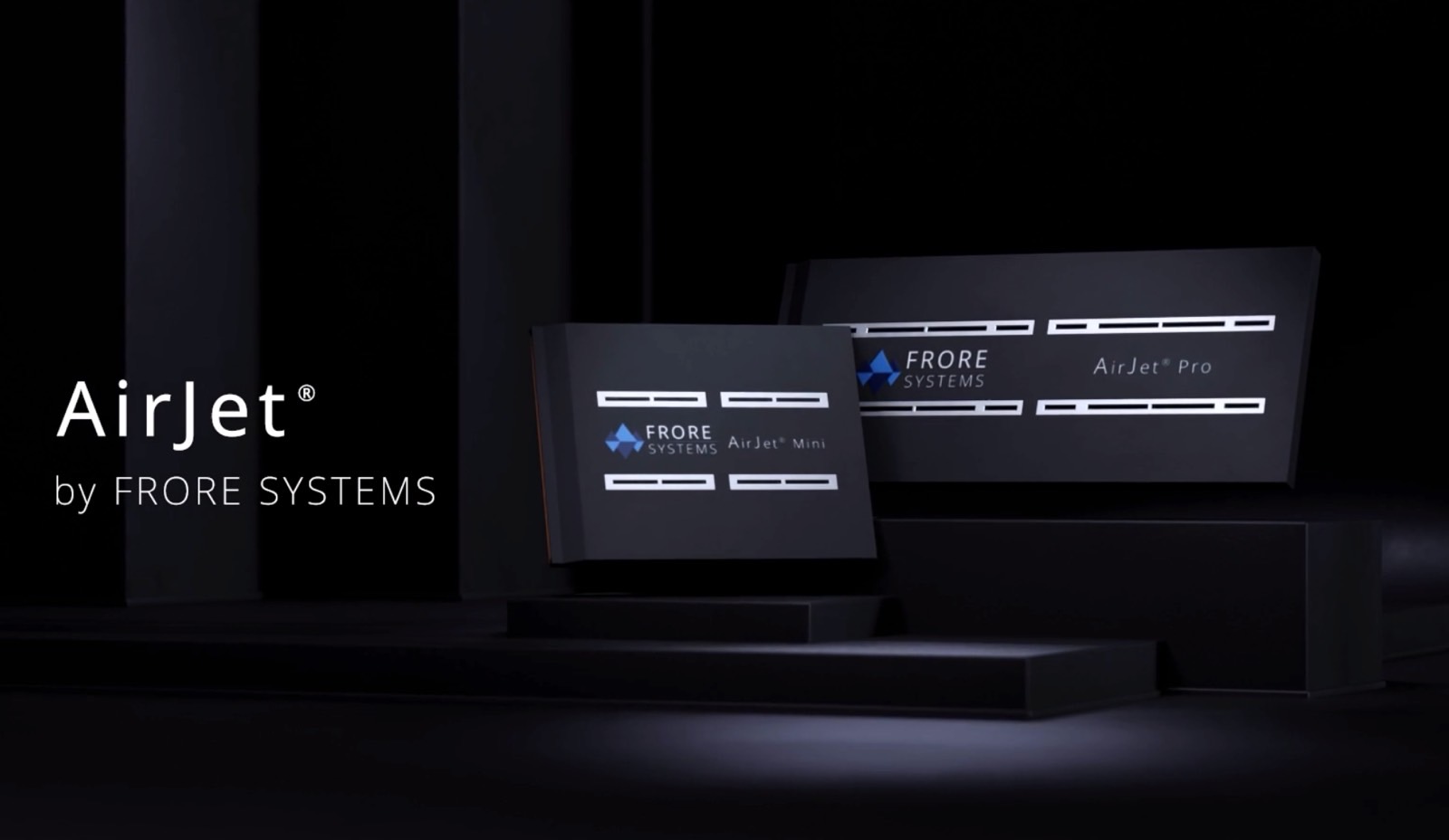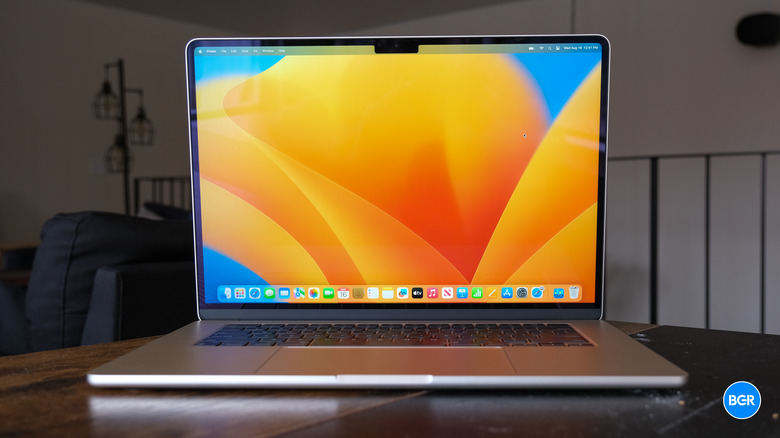Frore AirJet Is A Crazy Mod That Puts More Air In Your M2 MacBook Air
When Apple launched the M1 MacBook Air and M1 MacBook Pro, it stunned the world with performance and energy efficiency. Apple placed the same chip inside two different machines, targeting two different types of consumers. More importantly, it made the Air as powerful as the Pro, and better than most Intel-based laptops, sending Intel into a panic.
Since then, that has become the norm. The newest Air is always as powerful as the latest, most affordable Pro. We saw it with the M2 MacBook Air and M2 MacBook Pros last year. And I suspect we'll witness it again once the M3 MacBook Airs roll out next year. We already have M3 MacBook Pros in stores right now.
However, there is one difference between the Air and Pro models that run the same M-series chip. The Pro has a cooling system, and active cooling is key to keeping the M chip running at peak performance for as long as possible. Put differently, the Air has to throttle performance more than the Pro when performing some intensive tasks. This is fine for most Air buyers, of course.
But what if Apple managed to squeeze an actual cooling system inside a future MacBook Air? I wouldn't mind something like Frore's AirJet to add extra cooling to, say, the M3 MacBook Air or its successor. Forget the performance professionals need; the M3 MacBook Air (and future models) should be a great gaming machine. Active cooling might be required to prolong those console-grade gaming sessions.
A report from The Verge details what a customized 15-inch M2 MacBook Air can do when its processor gets proper cooling.
The modifications come from Frore Systems, a startup that created a cooling chip called AirJet Mini. It's a piezoelectric cooling chip that weighs nine grams and is thinner than two stacked quarters. The chips can remove 4.25 watts of heat while consuming 1 watt of power.
Frore took apart an M2 MacBook Air to make room for the AirJet chips, a job that I wouldn't advise anyone to perform on their own. The cooling chips are thin, but the company still had to strip some of the MacBook's components to make room for its chips. Also, the chips were powered via USB-C. Therefore, they'd probably use more energy than if they were built into the system.

With all that in mind, the advantages of air-cooling the 15-inch MacBook Air were obvious. The machine scored only slightly better in benchmarks. But when performing an intensive task for a longer time, like playing games or repeatedly running a benchmark, the air-cooled MacBook sustained top performance for longer.
Sure, you can buy the cheapest MacBook Pro instead of the same M-series Air and benefit from active cooling. You also get a better display and several extra ports.
But I'm still a fan (pun not intended) of the 15-inch MacBook Air. I'd rather get the larger Air over a same-gen Pro, though I'm still making up my mind. And I wouldn't mind a design that fitted active cooling like AirJet.
The report also notes that the AirJet isn't loud either, which is one thing to appreciate from a fan-less MacBook Air. The fans never start because they're not there.
As for the MacBook Air getting thicker to accommodate active cooling, Frore told The Verge that future laptops might be even thinner. A thinner keyboard and an OLED screen could reduce the thickness to 9.5mm. The 15-inch MacBook Air is 11.5mm thick.
Would Apple ever do something like this? I'm inclined to think it's highly unlikely. If you want Pro speed and longer-lasting peak performance, you need to buy the MacBook Pro, which costs $300 more than the cheapest MacBook Air.
But who knows? There are more important reasons than active cooling to buy a MacBook Pro instead of an Air, like the Pro and Max versions of an M-series chip, the active ports, and the display upgrade. Plus, a MacBook Air that can sustain Pro performance might give the competition even more headaches.
On the same note, I can't help but wonder if Apple's MacBook Pro will ever get an active cooling solution similar to Frore's solid-state chips.
